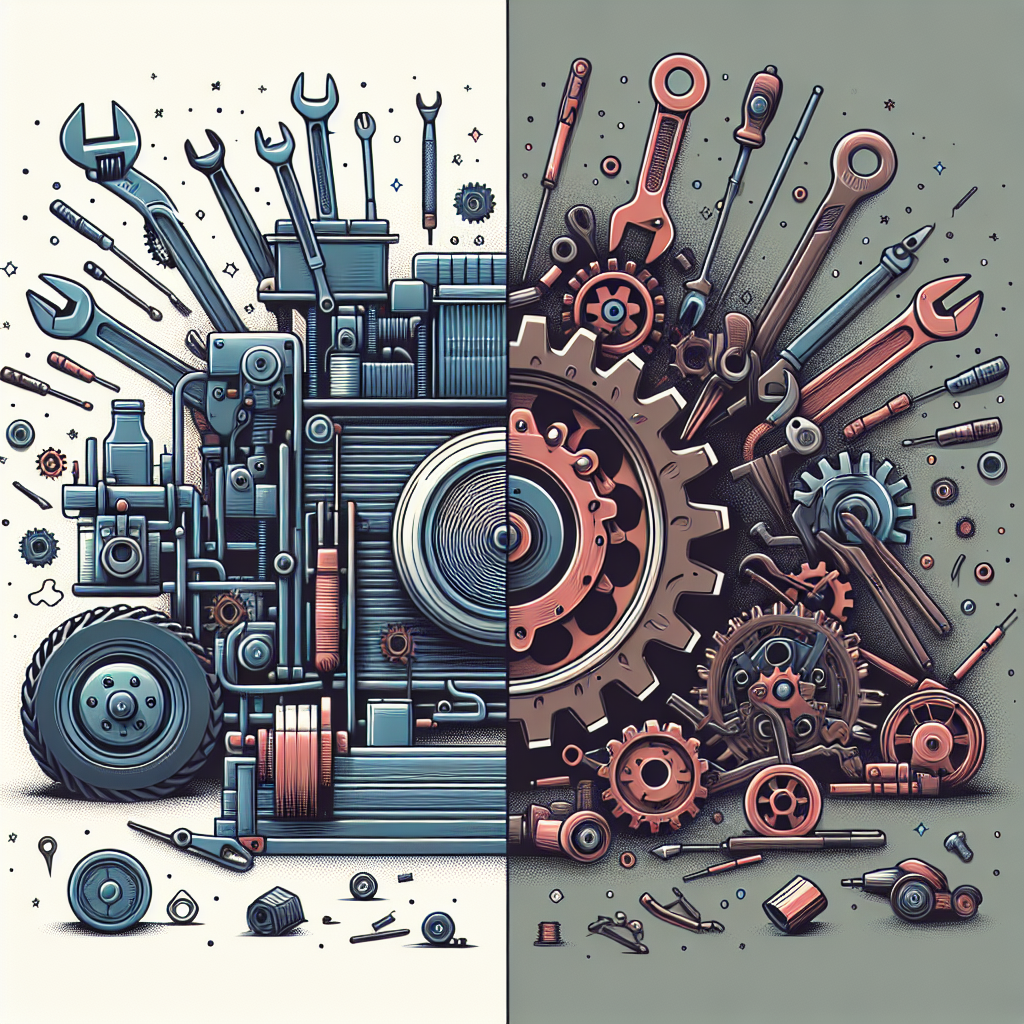Your cart is currently empty!
Proactive vs. Reactive Maintenance: Why Being Proactive is Crucial

Maintenance is an essential aspect of keeping any system running smoothly and efficiently. However, there are two main approaches to maintenance: proactive and reactive. Proactive maintenance involves taking preventative measures to avoid breakdowns and issues before they occur, while reactive maintenance involves fixing issues as they arise.
While reactive maintenance may seem like a quick and easy solution to problems, it is often more costly and time-consuming in the long run. When equipment breaks down unexpectedly, it can lead to costly repairs, downtime, and lost productivity. In contrast, proactive maintenance allows for scheduled maintenance and inspections to identify and address potential issues before they become major problems.
Being proactive with maintenance not only saves time and money but also helps to prolong the lifespan of equipment and machinery. By regularly monitoring and maintaining equipment, businesses can avoid costly repairs and replacements, as well as reduce the risk of unexpected downtime.
Proactive maintenance also promotes a safer work environment. By addressing potential safety hazards before they cause harm, businesses can prevent accidents and injuries in the workplace. This not only protects employees but also helps to maintain compliance with health and safety regulations.
Furthermore, being proactive with maintenance can improve overall efficiency and productivity. When equipment is properly maintained and running smoothly, it can operate at peak performance levels, leading to increased productivity and output. This can ultimately result in higher profits and a competitive edge in the market.
In conclusion, being proactive with maintenance is crucial for businesses to ensure the smooth operation of equipment, reduce costs, maintain a safe work environment, and improve overall efficiency and productivity. By investing in proactive maintenance strategies, businesses can protect their assets, employees, and bottom line.

Leave a Reply